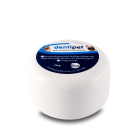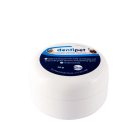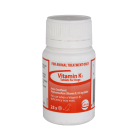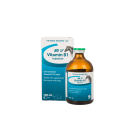
Early Periodontal Disease or Gingivitis
The gums in a pet whose mouth is healthy should be a coral pink color. In addition, your pet really should never have bad breath. If it has gingivitis, however, it will have bad mouth odors and you will notice brownish colored deposits on the back of its teeth. Your pet will probably also have a thin line of red running along its gums. These are all signs of early periodontal disease. It is not uncommon to see these signs in a pet that is just two or three years old if its teeth have not been properly cared for.
To reduce the effects of gingivitis, you need to start a routine dental care program with your per right away. If you don’t, the brownish colored deposits will get below the gums and cause bacteria to from in the tooth socket. This will lead to gum infections that are quite painful and can cause your pet to lose its teeth. Regular use of a dental spray gel will also help reduce the effects of gingivitis and prevent it from reoccurring.

Moderate Periodontal Disease
A pet whose mouth has been neglected for several years will develop moderate periodontal disease. Pets that frequently eat soft food are even more likely to advance to this stage. By the time your pet reaches this stage of periodontal disease, anywhere from 1/3 to ½ of its root attachment will have deteriorated. Part of the bone structure, which provides the tooth with support, will also be gone. Obviously, this makes it difficult for the pet to chew. Ironically, lack of chewing actually worsens the problem. If your pet has reached this stage, its breath will be particularly bad and its mouth will be quite unattractive.
Luckily for your pet, modern medicine has advanced to the point that your veterinarian can provide your pet with at least a little relief. Your vet can thoroughly clean your pet’s mouth, paying special attention to the affected teeth and the space under the gums where bacteria has settled, and then apply a special antibiotic gel. This gel solidified into the spaces created by the bacteria and solidifies into a rubbery plastic. It gradually dissolves over a two week period, releasing antibiotics into your pet’s gums and helping them heal. This process also encourages your pet’s gums to reattach to the teeth. After several similar treatments, your pet’s mouth may actually return close to being a normal, healthy mouth.

Advanced Periodontal Disease
If your pet’s dental problems have reached the advanced periodontal disease stage, there is little hope for getting your pet back to normal. It may be possible to get your pet’s mouth smelling good and to reduce the pain, but the teeth and gums cannot be made healthy again. In addition, this stage is quite painful for your pet as its teeth are loose and will eventually fall out. If they don’t fall out on their own, they may need to be removed to prevent further damage to your pet’s mouth. To prevent this from happening to your pet, be sure to properly care for its teeth by keeping them clean and healthy.




